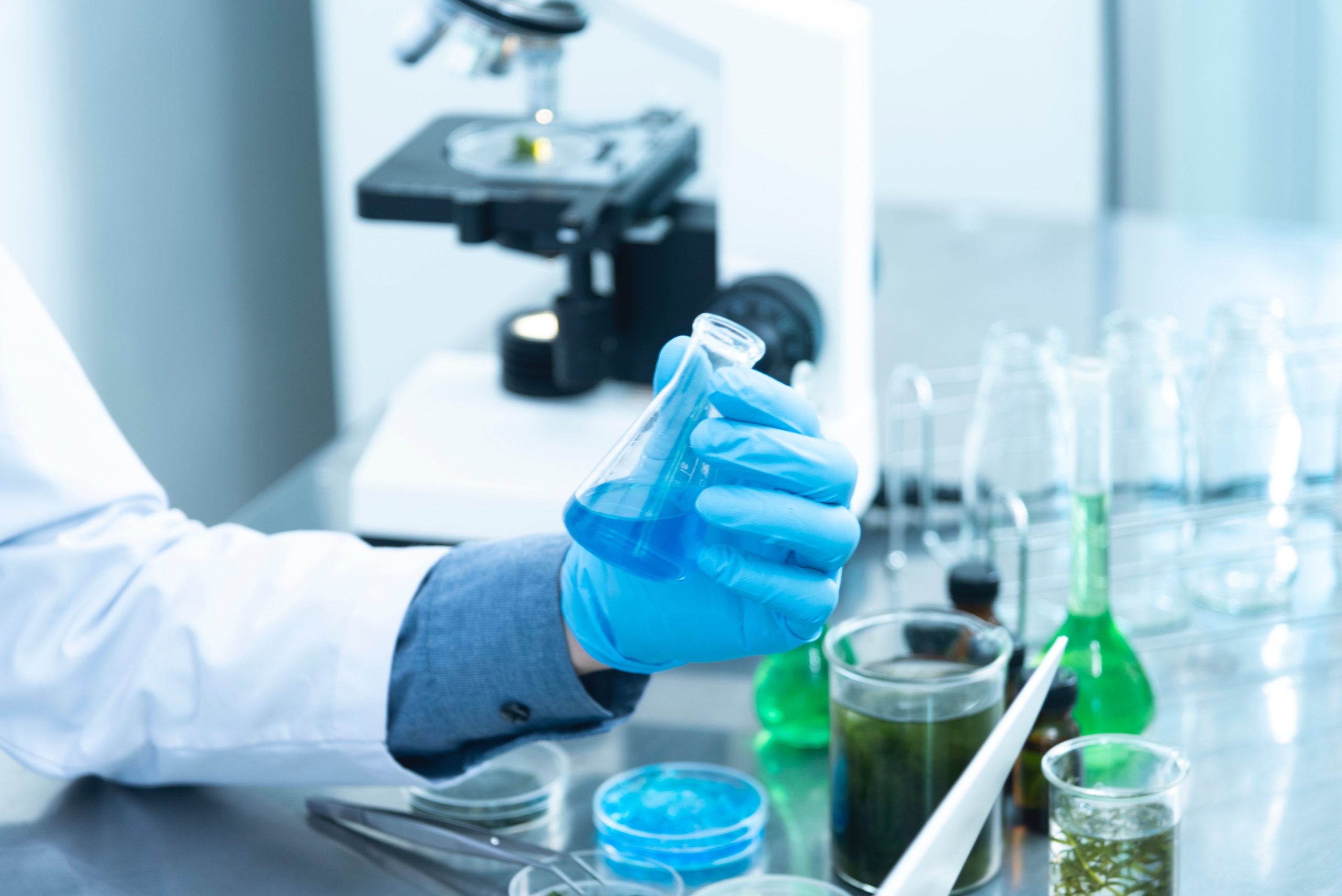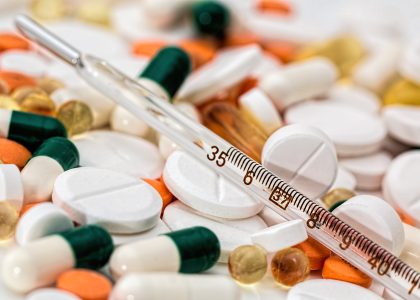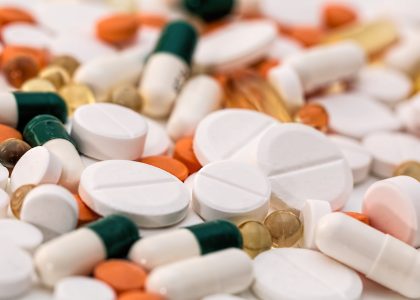In the realm of modern medicine, few interventions have had as profound an impact on public health as vaccines. Vaccines, often heralded as one of humanity’s greatest achievements, stand as a beacon of hope in the fight against infectious diseases. But how exactly do these tiny vials of liquid manage to protect us from harmful pathogens? Let’s embark on a journey to unravel the intricate mechanisms behind vaccines and their role in safeguarding our health.
Understanding Vaccines: The Basics
At their core, vaccines are biological preparations designed to stimulate the immune system’s response to specific pathogens, such as bacteria or viruses, without causing the disease itself. They achieve this by containing weakened or inactivated forms of the targeted microorganism, fragments of the pathogen, or even genetic material that mimics the pathogen’s structure.
The Immune System: Our Defender
Before delving into how vaccines work, it’s crucial to grasp the fundamentals of the immune system. This intricate network of cells, tissues, and organs acts as our body’s defense mechanism against foreign invaders. Upon encountering a pathogen, the immune system mounts a targeted response, producing specialized proteins called antibodies and deploying immune cells to neutralize and eliminate the threat.
The Mechanism of Action: Priming the Immune Response
When a vaccine is administered, it introduces harmless elements of the targeted pathogen into the body. These components, known as antigens, serve as the trigger for the immune system to spring into action. In response to the presence of antigens, the immune system identifies them as foreign and mounts a robust defense, just as it would during a natural infection.
Priming the Adaptive Immune Response
The immune system possesses two primary branches: the innate and adaptive immune responses. While the innate response provides immediate, nonspecific protection against a wide range of pathogens, the adaptive response offers a more tailored defense tailored to the specific invader.
Upon encountering antigens from the vaccine, specialized cells known as antigen-presenting cells (APCs) process and present these antigens to T cells and B cells—two key players in the adaptive immune response. This interaction triggers a cascade of events, including the activation and proliferation of antigen-specific T and B cells.
Building Immunity: Memory and Protection
One of the most remarkable aspects of the immune system is its ability to remember past encounters with pathogens. This phenomenon forms the basis of immunological memory, a crucial component of vaccine-induced protection.
Formation of Immunological Memory
Following vaccination, memory cells—both memory T cells and memory B cells—are generated. These cells remain poised and ready to mount a rapid and robust response upon re-exposure to the same pathogen in the future. This process is akin to a sentinel standing guard, ready to spring into action at the first sign of danger.
Types of Vaccines: A Diverse Arsenal
Vaccines come in various forms, each tailored to the unique characteristics of the targeted pathogen and the desired immune response.
Live Attenuated Vaccines
Live attenuated vaccines contain weakened forms of the live virus or bacteria. While they closely mimic natural infections, they pose a minimal risk of causing disease in healthy individuals. Examples include the measles, mumps, and rubella (MMR) vaccine and the oral polio vaccine.
Inactivated Vaccines
Inactivated vaccines consist of killed versions of the targeted pathogen. While they are unable to replicate or cause disease, they still stimulate an immune response. Examples include the influenza vaccine and the hepatitis A vaccine.
Subunit, Recombinant, and Conjugate Vaccines
Subunit vaccines contain specific antigens or protein fragments derived from the pathogen. Recombinant vaccines are engineered to produce antigenic proteins using genetic techniques. Conjugate vaccines combine a weak antigen with a carrier protein to enhance the immune response. Examples include the human papillomavirus (HPV) vaccine and the Haemophilus influenzae type b (Hib) vaccine.
The Impact of Vaccination: Saving Lives and Preventing Disease
The advent of vaccination has transformed the landscape of public health, leading to the eradication or near-elimination of once-deadly diseases. Diseases such as smallpox, polio, and measles have been brought under control through widespread vaccination campaigns, saving millions of lives in the process.
Herd Immunity: Protecting the Vulnerable
In addition to conferring direct protection to vaccinated individuals, vaccines also play a pivotal role in achieving herd immunity—a state where a sufficient proportion of the population is immune to a disease, thereby providing indirect protection to those who are unable to be vaccinated, such as individuals with compromised immune systems or certain medical conditions.
Conclusion: A Triumph of Science and Collaboration
In closing, vaccines represent a triumph of science, innovation, and collaboration. By harnessing the power of the immune system, vaccines have revolutionized the way we combat infectious diseases, paving the way for healthier and more resilient communities worldwide. As we continue to navigate the complex landscape of infectious diseases, the importance of vaccination cannot be overstated. Through continued research, advocacy, and investment, we can ensure that future generations inherit a world free from the scourge of preventable diseases.
In unveiling the mystery behind vaccines, we empower ourselves with knowledge and appreciation for one of humanity’s most potent tools in the ongoing quest for global health and well-being.






